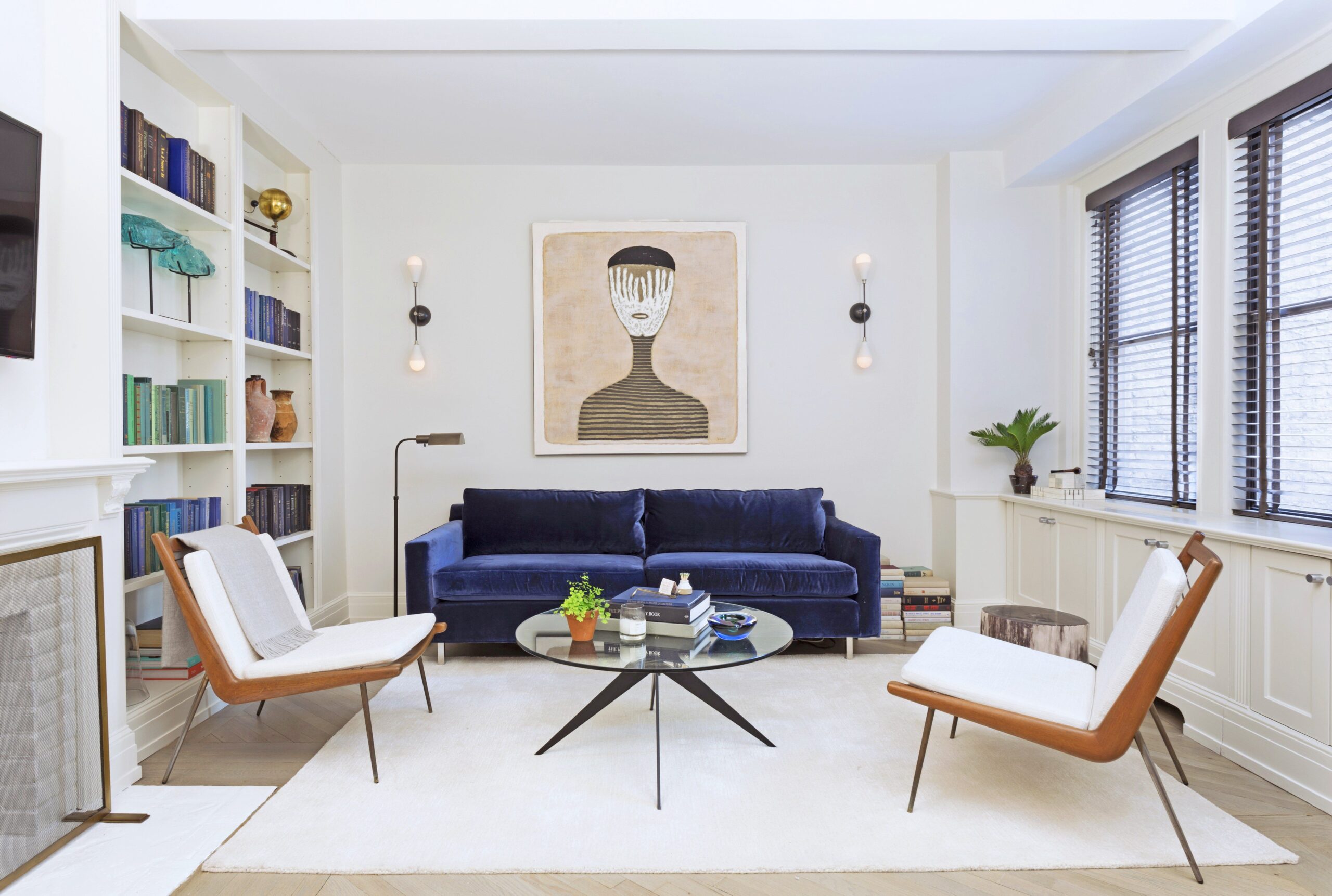Introduction
Welcome to the world of apartment interior design, where creativity meets functionality to transform a living space into a comfortable and visually appealing home. Whether you’re a budding designer or just looking to spruce up your own living space, this comprehensive guide will help you understand the basics of apartment interior design. In this guide, we’ll cover various aspects of interior design, from color selection to furniture arrangement, to give you a well-rounded understanding of how to unlock the art of apartment interior design.
Chapter 1: Understanding the Basics
What is Interior Design?
The art and science of improving a space’s interior to produce a more visually beautiful and practical environment is known as interior design. It involves carefully planning and arranging elements like colors, furniture, lighting, and decor to achieve a harmonious and comfortable living space.
The Importance of Functionality
In apartment interior design, functionality is key. Before you start thinking about colors and furniture, consider how you’ll use each room. A living room should be cozy and welcoming, while a kitchen should be efficient and practical. Understanding the purpose of each space will guide your design choices.
The Role of Aesthetics
Aesthetics play a significant role in interior design. It’s about creating a visually appealing environment that reflects your personal style. Consider your preferred color palette, patterns, and textures that resonate with you and your apartment’s overall theme.
Chapter 2: Color Psychology
Choosing the Right Colors
Colors can have a profound impact on your mood and the atmosphere of your apartment. Here’s a quick rundown of some common colors and their psychological effects:
- Blue: Calming and serene, often used in bedrooms and bathrooms.
- Red: Energizing and bold, great for accent walls or dining areas.
- Green: Fresh and soothing, ideal for living rooms or kitchens.
- Yellow: Cheerful and bright, perfect for kitchens or home offices.
- Neutral Colors: Such as white, beige, and gray, provide a versatile backdrop for any room.
Creating Color Schemes
To avoid overwhelming your apartment with too many colors, create a color scheme. A common approach is the 60-30-10 rule: 60% of a dominant color, 30% of a secondary color, and 10% of an accent color. This guarantees a harmonious and appealing colour scheme.
Chapter 3: Furniture Selection
Choosing the Right Furniture
Selecting furniture is a crucial aspect of apartment interior design. Consider factors like size, scale, and style. Furniture should complement the room’s function and aesthetics. For small apartments, multipurpose furniture can be a game-changer.
Arrangement and Layout
The way you arrange furniture can significantly impact the flow and functionality of a room. Consider traffic patterns, focal points, and balance. Try out several arrangements until you discover the one that best suits your room.
Chapter 4: Lighting Design
Natural vs. Artificial Lighting
Lighting plays a vital role in apartment interior design. Natural light can make spaces feel larger and more inviting, so maximize it by using light curtains and strategically placing mirrors. For artificial lighting, choose fixtures that match your apartment’s style and provide the right level of illumination for each room.
Layering Light
Create a layered lighting scheme using ambient, task, and accent lighting. Accent lighting draws attention to decorative elements or architectural details whereas ambient lighting illuminates an area generally.
Chapter 5: Accessories and Decor
Adding Personal Touches
Accessories and decor items are where you can truly express your personality. Whether it’s artwork, throw pillows, or plants, choose items that resonate with you and complement your apartment’s design.
Avoiding Clutter
While accessories are essential for adding character, be mindful of clutter. Keep your apartment tidy by carefully curating your decor items and finding storage solutions for things you don’t use daily.
Chapter 6: Budget-Friendly Design
Smart Shopping
You don’t need a massive budget to create a stunning apartment. Shop smart by looking for sales, secondhand items, and DIY projects. There are plenty of budget-friendly ways to achieve a stylish look.
Preppy wallpaper
Preppy wallpaper has become a popular choice for home interior design, adding a touch of timeless elegance and sophistication to any room. Characterized by its classic patterns, bold color palettes, and a sense of playful refinement, preppy wallpaper instantly transforms a space into a stylish and inviting environment.
Prioritizing Investments
Allocate your budget wisely by investing in key pieces like a comfortable sofa or quality lighting fixtures. Skimping on these items may lead to discomfort and disappointment in the long run.
Conclusion
Apartment interior design is a fascinating blend of creativity and practicality. By understanding the basics, incorporating color psychology, choosing the right furniture and lighting, adding personal touches, and staying budget-conscious, you can unlock the art of apartment interior design. Remember that designing your apartment is a journey, so take your time, experiment, and enjoy the process of creating a space that truly feels like home. Happy designing!
FAQs
- What is the first step in apartment interior design?
- The first step is to understand the purpose and functionality of each room. Determine how you want to use the space, which will guide your design choices.
- How do I choose the right color scheme for my apartment?
- Consider your personal preferences and the mood you want to create in each room. It’s often helpful to use the 60-30-10 rule, with 60% dominant color, 30% secondary color, and 10% accent color to create a balanced palette.
- What should I prioritize when selecting furniture for a small apartment?
- In a small apartment, prioritize furniture that is appropriately scaled to fit the space. Look for multi-functional pieces like sofa beds or storage ottomans to maximize utility.
- How can I make my apartment feel more spacious?
- To make your apartment appear larger, use light colors, incorporate mirrors to reflect light, and choose furniture with exposed legs to create a sense of openness. Decluttering and keeping the space tidy also help.
- What are some tips for lighting design in apartments with limited natural light?
- In apartments with limited natural light, use a combination of ambient, task, and accent lighting to brighten the space. Choose light fixtures that distribute light evenly, and consider using daylight-mimicking bulbs to create a natural ambiance.
- Is it possible to achieve stylish apartment interior design on a tight budget?
- Yes, you can achieve a stylish look on a budget. Shop smart by looking for sales and secondhand items. Prioritize investments in key pieces like a comfortable sofa or quality lighting, and consider DIY projects to personalize your space without breaking the bank.





